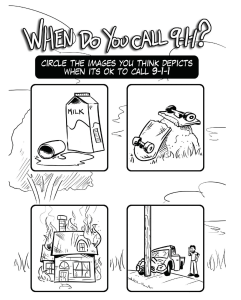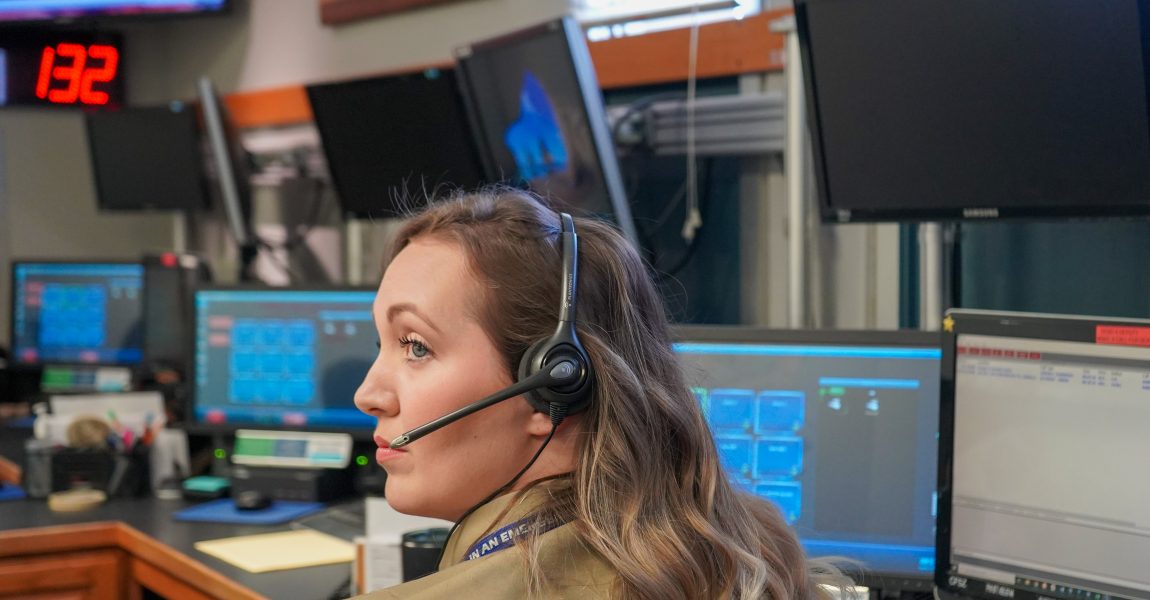NCT9-1-1 Regional CISM Taskforce
Critical Incident Stress Management (CISM) is the selection and implementation of the most appropriate crisis intervention tactics to best respond to the needs of a situation at hand. NCT9-1-1 encourages the mental health and wellbeing of 9-1-1 Telecommunicators by providing the regional CISM taskforce. The goal of the NCT9-1-1 regional CISM taskforce is to provide 9-1-1 telecommunicators in the NCT9-1-1 service area the opportunity to receive emotional and tangible support through times of personal or professional crises while helping to anticipate and address potential difficulties.
Who the regional CISM taskforce services and where
The NCT9-1-1 regional CISM taskforce supports 40 Emergency Communications Centers (ECCs), over 500 9-1-1 telecommunicators across 13 counties and 10,000 square miles. Taskforce members are licensed 9-1-1 telecommunicators who have volunteered to participate in the NCT9-1-1 regional CISM taskforce. Members have received specialized training for certification as peer supporters. Members are also trained to International Critical Incident Stress Foundation (ICISF) standards and utilize internationally recognized methods.
Benefits of CISM
The NCT9-1-1 regional CISM taskforce helps to lessen the impact of the critical incident, normalize instinctive reaction to the incident, and encourages the natural recovery process. The NCT9-1-1 regional CISM taskforce also helps to restore the adaptive functioning skills of the person/group in the critical incident and determine the need for further supportive services or therapy. The NCT9-1-1 regional CISM taskforce is designed to encourage and further support the mental health and wellbeing of the 9-1-1 telecommunicators. More often than not, 9-1-1 telecommunicators are receiving high level stress calls at such a fast pace and are not given time to process any or all information they just encountered or relayed.
With the NCT9-1-1 regional CISM taskforce, 9-1-1 telecommunicators will have a safe space where they can process any and all trauma encountered during call taking and dispatching. Members are trained to do initial crisis intervention for many types of problems. Some of the more common issues are work-related, such as dealing with the death of a drowning victim, or victims of natural disasters. Other issues may be more personal, such as divorce, illness, disability, career concerns, family relationships, or financial difficulties.
Additional Information
To join the NCT9-1-1 regional CISM taskforce, please visit the CISM website to complete the required documentation. For additional information, please refer to the CISM website or email the Operations team at 911OpsTeam@NCT911.org.




